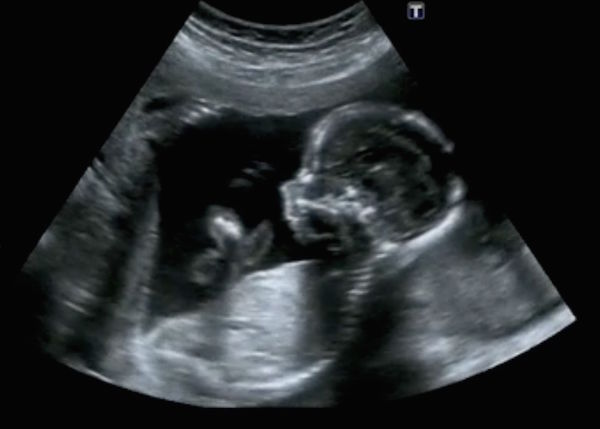
MONDAY, Dec. 7 (HealthDay News) — New research finds that although far more caregivers now place babies on their backs to sleep — a practice that reduces the risk of Sudden Infant Death Syndrome (SIDS)– that encouraging trend has leveled off since 2001.
The study also shows that black mothers and caregivers are more likely than whites to place infants on their stomachs to sleep.
But among all races, the most common reasons for using the stomach position were concerns about infant choking and infant comfort, said Dr. Eve Colson, lead author of the study published in the December issue of the Archives of Pediatrics & Adolescent Medicine.
“It also still looks like the really important thing is that they get very specific advice that they should only put the baby on its back,” added Colson, an associate professor of pediatrics at Yale University School of Medicine.
The onus to deliver that message, she said, lies largely with physicians and health-care providers.
According to background information in the study, which was funded by the National Institutes of Health, SIDS is the leading cause of death after birth in the United States.
“SIDS is extremely tragic, but the risk period is relatively short. Most occur between 0 and 6 months and the peak period is 2 to 4 months, although cases can occur during the first year,” said Marian Willinger, special assistant for SIDS research at the Eunice Kennedy Shriver National Institute of Child Health and Human Development (NICHD).
Since the NICHD launched its Back to Sleep campaign in 1994, the number of babies placed on their backs to sleep jumped from 25 percent to about 70 percent and the SIDs rate declined by more than 50 percent.
Still, black infants have more than double the incidence of SIDS as white infants and are also more likely to be placed on their stomachs for sleeping, the researchers found.
This National Infant Sleep Position study consisted of telephone surveys of nighttime caregivers (usually mothers) of babies aged 7 months or younger. About 1,000 interviews were conducted each year between 1993 and 2007 across the United States.
Throughout the period, the rate of supine sleep (on the back) increased while prone sleeping (on the stomach) decreased over all groups.
But in 2001, that downward slope leveled off across the board.
Those putting babies to sleep on their stomachs, regardless of race, were more likely to express worries about comfort and choking and say they had not been given a clear directive from a doctor.
Yet neither choking nor comfort should be a concern.
“There have been a couple of good studies that babies do not choke on their backs, that there are no adverse health outcomes of putting babies on their back,” Colson said.
“Stomach sleepers spend more time in deeper sleep but that doesn’t mean they’re not sleeping when they’re on their back,” Willinger said. Back sleepers “may wake up more frequently but young babies like that are going to be up to nurse anyway.”
Even sleeping on the side can be risky for babies, Willinger stressed. That’s because babies placed on their sides often roll on to their stomachs.
Almost half the mothers surveyed in the study said that they had received no advice at all from their physician or that he/she had recommended stomach sleeping.
“This gives us a very strong warning signal that we’re not doing a very good job in part of our population, and signal that there may be more ethnic differences,” said Dr. Andrew Colin, director of pediatric pulmonology at the University of Miami Miller School of Medicine.
In fact, those ethnic differences may even be biological, he stated, and not resolvable by placing babies on their backs.
More information
The National Institutes of Health has more on preventing SIDS.

